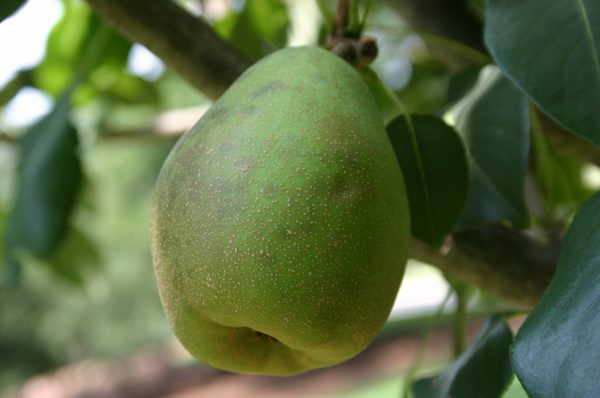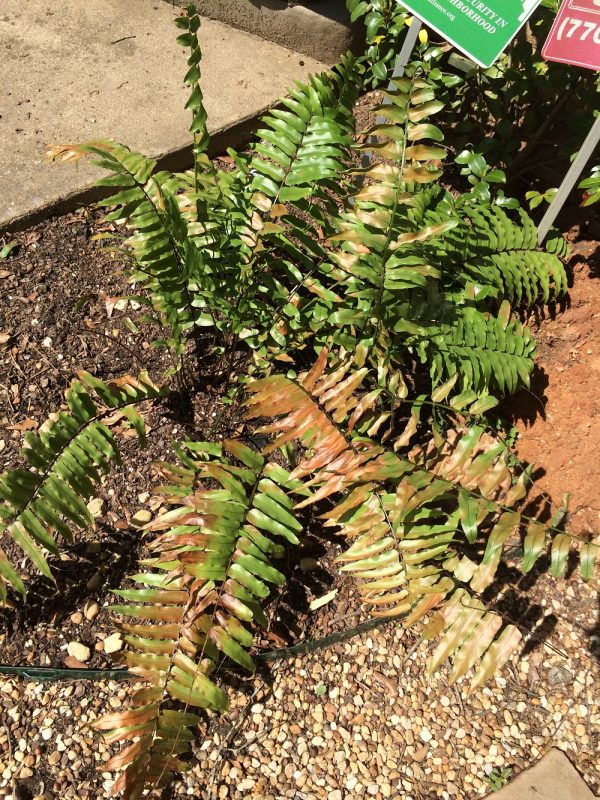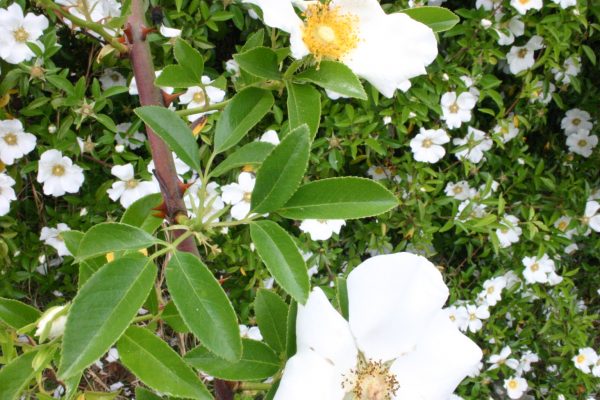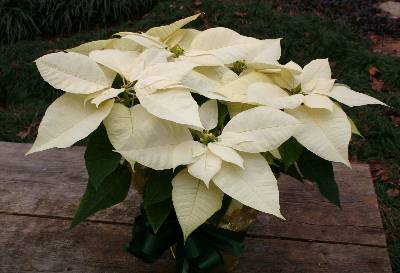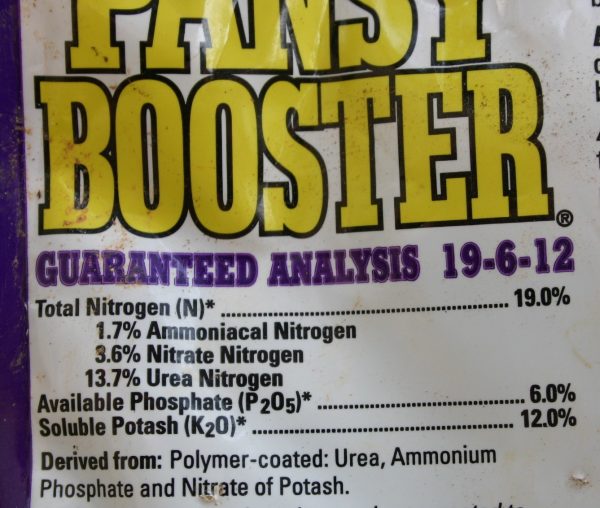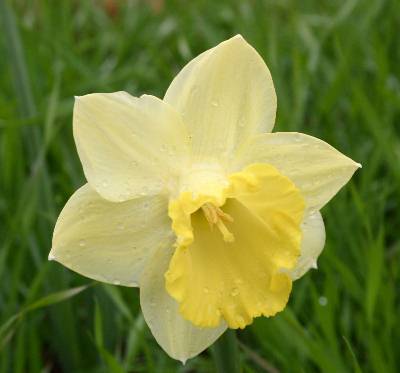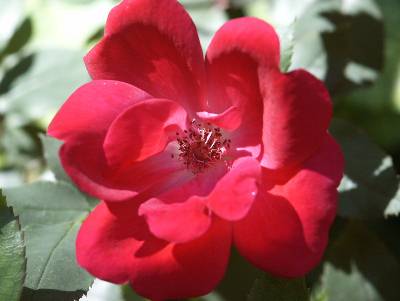Zoysia – General Notes
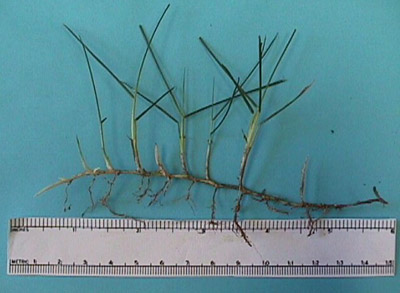
Information taken from
The Revised Georgia Gardener’s Guide
Walter Reeves and Erica Glasener
Zoysiagrass is a slow-growing but extremely thick and durable turfgrass. The grass is well adapted throughout the lower two-thirds of the state. It spreads by above-ground stolons and by rhizomes beneath the ground. Although thick and carpet-like, zoysiagrass is slow to establish from seed or plugs. Seed is very difficult to harvest; zoysiagrass is almost always established by laying sod. Bermudagrass and zoysiagrass have a similar appearance. One way to tell them apart is from their feel under your feet. The stiff blades of zoysiagrass make it feel spongy, like walking on padded carpet. Bermudagrass feels harder to your feet but is still the best choice for recreational turf. Zoysiagrass is sometimes advertised in “miracle” terms in periodicals. Note that the grass advertised is ‘Meyer’ zoysiagrass, which is available from local garden centers.
Color and Texture
Green from late spring through fall, golden-brown in winter.
Recommended Mowing Height
1.5 inches
Light Requirements
Full sun, part sun
When, Where, and How to Plant
Lay zoysiagrass sod in early summer when the earth is very warm. Use a tiller to thoroughly dig the soil and to mix in lime and fertilizer. Lay the sod pieces tightly together, in a bricklayer pattern. When all of the sod is down, roll it again to put the roots in close contact with the soil. Another technique for planting zoysiagrass is to plant 2-inch squares on 12 inch centers into an existing sunny tall fescue lawn that is struggling to survive. Mow 2 inches high and the zoysiagrass will choke most of the tall fescue out in 5 years.
Growing Tips
Zoysiagrass does best with less rather than more fertilizer. It tends to form a layer of thatch under the green grass if too much fertilizer and water are used. Spread fertilizer in spring when the zoysiagrass is at least 50% green and repeat in midsummer. Use any brand of turf fertilizer that contains slow release nitrogen, apply at the recommended rate.
Care
Mow the turf no higher than 1 ½ inch. This will help prevent thatch and cold injury. Zoysiagrass will go semi-dormant during a drought but will spring back green when rain returns. Zoysiagrass is the slowest grass to green up in spring. Examine the base of grass plants to find green sprouts if you are worried that it is dead. Rust is a common zoysiagrass disease. Aptly named, the orange spores coat your shoes and make a cloud of bright dust when you mow. Check with your local Extension office (contact your county Extension office) for control recommendations.
I Also Recommend
‘Emerald’ zoysiagrass has a very fine leaf texture and good shade tolerance but is less cold-tolerant than other zoysiagrass varieties. ‘Meyer’ has a wider leaf than ‘Emerald’ and has good cold tolerance but less shade tolerance than ‘Emerald’. ‘El Toro’ grows rapidly and has leaf width similar to ‘Meyer’. Unlike the others, ‘Zenith’ zoysiagrass can be established from seed. It grows rapidly, with a dense growth habit, and tolerates light shade.

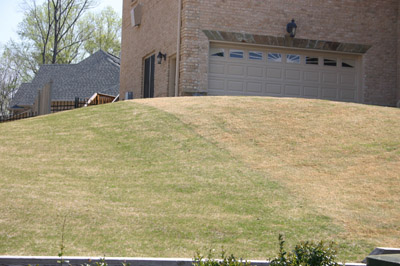
Bermuda (lt) vs. zoysia (rt) greenup in Spring.




